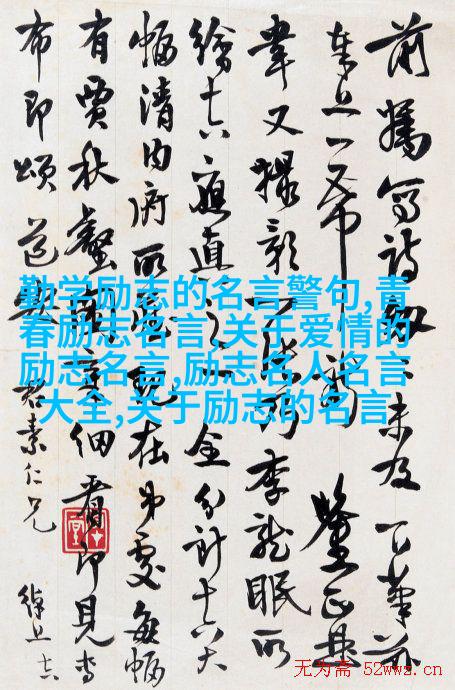为奴十二年一段艰辛的历史回顾
在美国南北战争之前,奴隶制是美国南方经济和社会的重要组成部分。以下是对这一时期的一些关键方面的探讨:

一、奴隶制度的起源与发展
slavery originated in the American colonies, where it was established by European colonizers who brought enslaved Africans to work on plantations. Over time, slavery became an integral part of the Southern economy and culture.

二、反对奴隶制的声音
Despite its widespread acceptance, there were always voices opposed to slavery. Abolitionists like Frederick Douglass and Harriet Tubman worked tirelessly to end the institution through activism and writing.

三、逃跑与地下铁路
Many slaves sought freedom by escaping to the North via the Underground Railroad. This network of secret routes and safe houses helped thousands of enslaved people gain their liberty.

四、宪法上的争议
The Constitution itself was a source of tension between pro-slavery and anti-slavery forces. The Three-Fifths Compromise, which counted three-fifths of a slave as one person for representation purposes, exemplified this conflict.

五、内战前的紧张局势
In the decades leading up to the Civil War, tensions over slavery escalated. The Kansas-Nebraska Act allowed new states to decide for themselves whether or not to allow slavery within their borders, leading to violent clashes known as "Bleeding Kansas."
六、解放与重建时代
Finally came Emancipation Proclamation in 1863 by President Abraham Lincoln during wartime – a move that paved way for abolition after Union victory in 1865. The Reconstruction Era followed with efforts towards civil rights but ultimately ended with Jim Crow laws enforcing racial segregation until civil rights movement in mid-20th century.